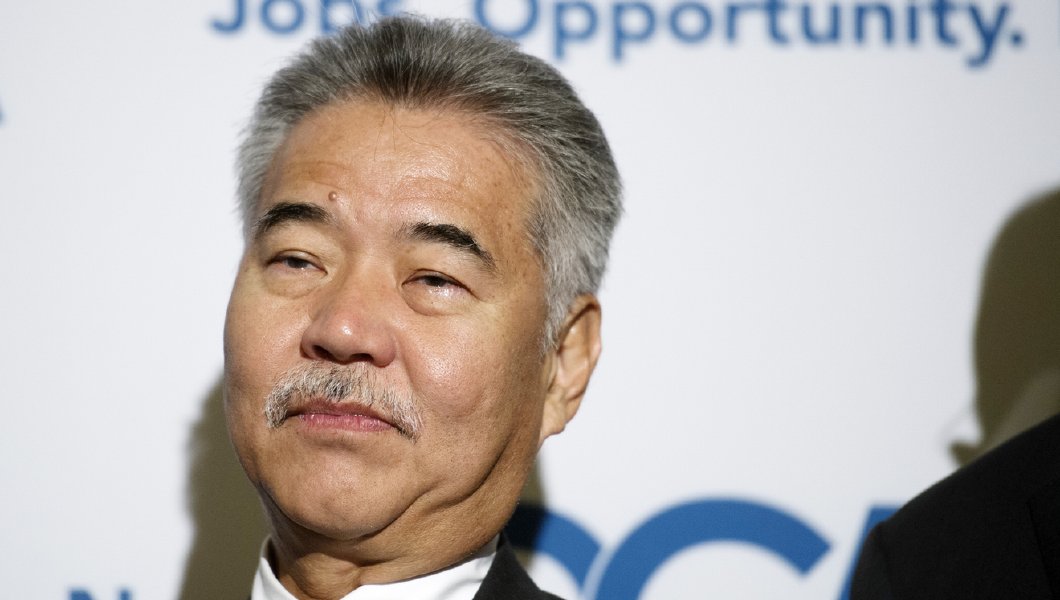We are proud to announce the launch of the CREATIVE CARE COUNCIL! LEARN MORE
We are proud to announce the launch of the CREATIVE CARE COUNCIL! LEARN MORE

This article first appeared in the Washington Examiner. Read it there.
Hawaiians have the highest life expectancy in the U.S., but with that longevity comes an increasing demand on caregiving that has strained the state’s younger residents financially, mentally, and physically.
After 21 years of trying to pass long-term care legislation, Hawaii this summer became the first state to pass a bill that gives funding to caregivers who assist family members who have become disabled as they age or have cognitive challenges as their brains succumb to dementia or Alzheimer’s disease.
Entrepreneur Elevator Pitch Ep11: Find Your Niche
Watch Full Screen
The move is unique even as the mental and physical tolls of caregiving for older adults grip more than 34 million people nationwide. The growing number of caregivers comes as the baby boomers reach retirement age and as those who care for older adults face a growing amount of stress and chronic conditions such as depression and heart disease. The health consequences are partly because many caregivers are juggling other responsibilities, such as raising children, running a household, and holding down a full-time job.
To address some of those challenges, Hawaii passed the Kupuna Caregivers Act, after the word Hawaiian word “kupuna,” meaning “grandparent.” The law aims to ease the financial burdens for caregivers of older adults by offering up to $70 a day to help pay for services such as adult day care, home-delivered meals, and transportation. Under the program, each county aging agency will certify and authorize specific services and will pay for them. To qualify, a caregiver must work at least 30 hours a week.
About $600,000 in state funding was set aside for the program, and the governor’s office estimates that the state has more than 154,000 unpaid caregivers. Though the law took effect in July, payments haven’t gone out because the state’s Office on Aging is working with the attorney general to work out some of the details, including how the state government will verify that people who request the funds are working full time. Proponents hope the program will be operating by January.
State Rep. Gregg Takayama, a Democratic sponsor of the bill, said the funds are aimed at caregivers who work full time so they can stay in the workforce.
“Caregiving for a family member is a stressful and demanding job that studies show often falls to women in the middle of their careers,” Takayama said in an email interview. “This law is intended to offer a chance for them to remain in the workforce by providing respite from caregiving. It’s not the complete answer but is an important step in the right direction for Hawaii, where our numbers of seniors are growing at the fastest rate in the nation.”
Caring Across Generations, an advocacy group that supported the legislation, also said that it viewed the Kupuna Caregivers Act as a first step but not one that will meet the needs of every caregiver in Hawaii. For instance, some have reported that they need to drop out of the workforce because of the demands they face at home. On average, caregivers spend more than 40 hours a week delivering services, according to a 2015 report from the National Alliance for Caregiving and AARP.
“We know that if we just stop here there are a lot of families who wouldn’t be able to get the care they need,” said Kevin Simowitz, political director of Caring Across Generations. His organization hopes that the law soon will demonstrate that it works, which would lead to other laws that would expand on it.
The bill does not assist parents who are caring for a child who is disabled.
“Of course, we fully support the creation of a robust caregiving infrastructure for every age and stage of life,” Simowitz said.
Most people say they prefer to age at home rather than in a nursing home or an assisted living facility. Though aging at home is generally less expensive than the other options, home healthcare in Hawaii costs $10,000 more than the national average. Simowitz said much of that is because Hawaii is made up of islands. In most states, someone who provides home healthcare may be able to drive from one county to another.
“In Hawaii, getting to another county can mean getting on a plane,” Simowitz said. “It’s not always the perfect match between the number of paid care workers available and the number of families who need that care.”
Other states may follow Hawaii’s path. Though they aren’t considering legislation exactly like Hawaii’s, some states are looking at other approaches for increasing support for caregivers. Washington state, for instance, has introduced a bill that would provide a long-term care social insurance program that would be paid for by payroll deductions. In Maine, advocates are gathering signatures for a ballot measure that would fund access to in-home care through a payroll tax increase of 1.9 percent from workers who make more than $127,000 a year.
Advocates hope the state-level changes will lead to a national solution.
“We want to learn from all of these different, state-level innovative approaches to inform the most effective, sustainable reform that will ultimately be needed at the federal level to meet the needs of the elder boom,” Simowitz said.